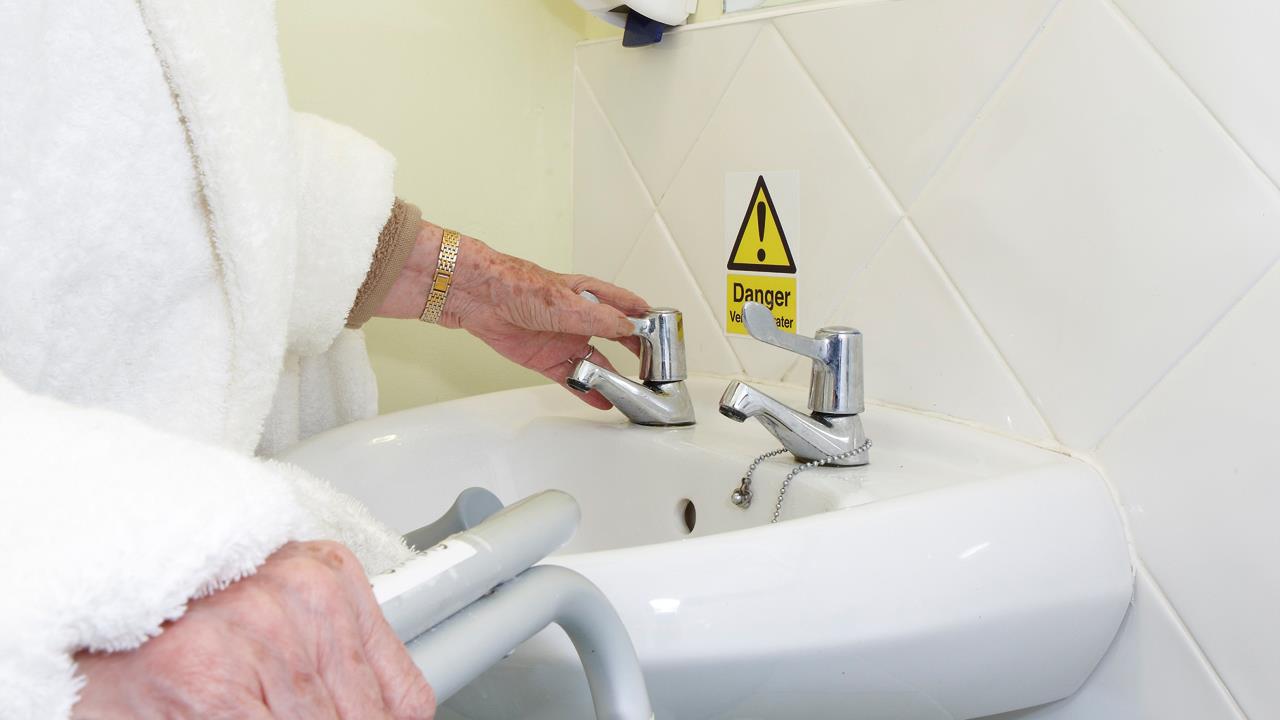


Kevin Wellman, Chief Executive of the Chartered Institute of Plumbing and Heating Engineering, explains why water safety training must be prioritised to put an end to avoidable scalds and cases of Legionnaires’ disease.
Water-associated diseases such as Legionnaires’ and injuries like scalding are sadly still thriving, even in our modern times.
To give you an overview, a 2016 report from Public Health England on the impact of Legionnaires’ disease on residents of England and Wales revealed 1,070 cases, resulting in 77 deaths between 2014 and 2016.
NHS figures have also exposed that, since 2013, individuals affected by hot water scalds in England have increased by 31%, and burns from pipes and radiators increased by nearly 22%.
Furthermore, it appears that from these cases some of the most vulnerable in our society – the very young and old – are those affected most. In 2017/18, 45% of patients suffering burns from pipes and radiators were 65 plus years of age, and 27% were up to four years of age.
Lacking knowledge
One of the reasons water safety can be overlooked by engineers and homeowners is that often the dangers present are unknown by those responsible. Failure to put an emphasis on mandatory water safety training by policy makers is a contributing factor to why this is the case.
Unfortunately, water safety just doesn’t have a level of required training comparable to, say, the level of compulsory training gas installers must undertake (for example, the five to six days of training required each year under the Nationally Accredited Certification Scheme (ACS) in order to renew their licence every five years).
Water regulations were first introduced back in 1999, with training happening on a voluntary basis. Therefore, the reality for water safety and training under current schemes means installers are under no obligation to update their skills.
Support network
This is where the Chartered Institute of Plumbing and Heating Engineering (CIPHE) and like-minded organisations come in to put pressure on current ways of working and encourage members to make a change.
The CIPHE has invested in the creation of a safe water guide and legionella risk management course, to help members keep important water safety information front of mind.
It is important to be aware, for instance, that the cold water that is stored in pipes should remain below 20°c – with the danger zone for cold water being between 20°c and 50°c.
It should also be observed that the optimum temperature for legionella growth is 37°c, so it is very important that the cold water pipe should be separated from hot water pipes, or be insulated, so that the risk of legionella is eradicated.
When it comes to preventing scalds, it is important that protective devices, such as thermostatic mixing valves, are fitted. For England and Wales, from 1 April 2010, revisions to Part G of the Building Regulations (Hot water supply and systems) also included the requirement that maximum bath water temperature must not exceed 48°c.
Behind the curve
Similar regulations have been in force in Scotland since 2006. As of 1 May 2006, Scottish Building Regulations require that all bath water in a domestic property must be controlled to a maximum of 48°c.
Taking into consideration the considerable number of water-related scalds and Legionnaires’ disease cases mentioned at the beginning of this article, it is evident that a greater focus on compliant installation and maintenance of hot water systems is needed.
I urge qualified and experienced trade professionals to become involved with the CIPHE, and take advantage of all the resources we have to offer to make sure you are protecting your customers and securing your installations against the potential for legionella and scalding
If you'd like to keep up-to-date with the latest developments in the heating and plumbing industry, why not subscribe to our weekly newsletters? Just click the button below and you can ensure all the latest industry news and new product information lands in your inbox every week.